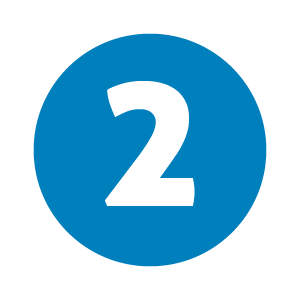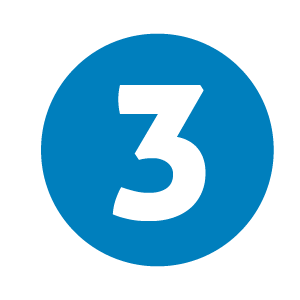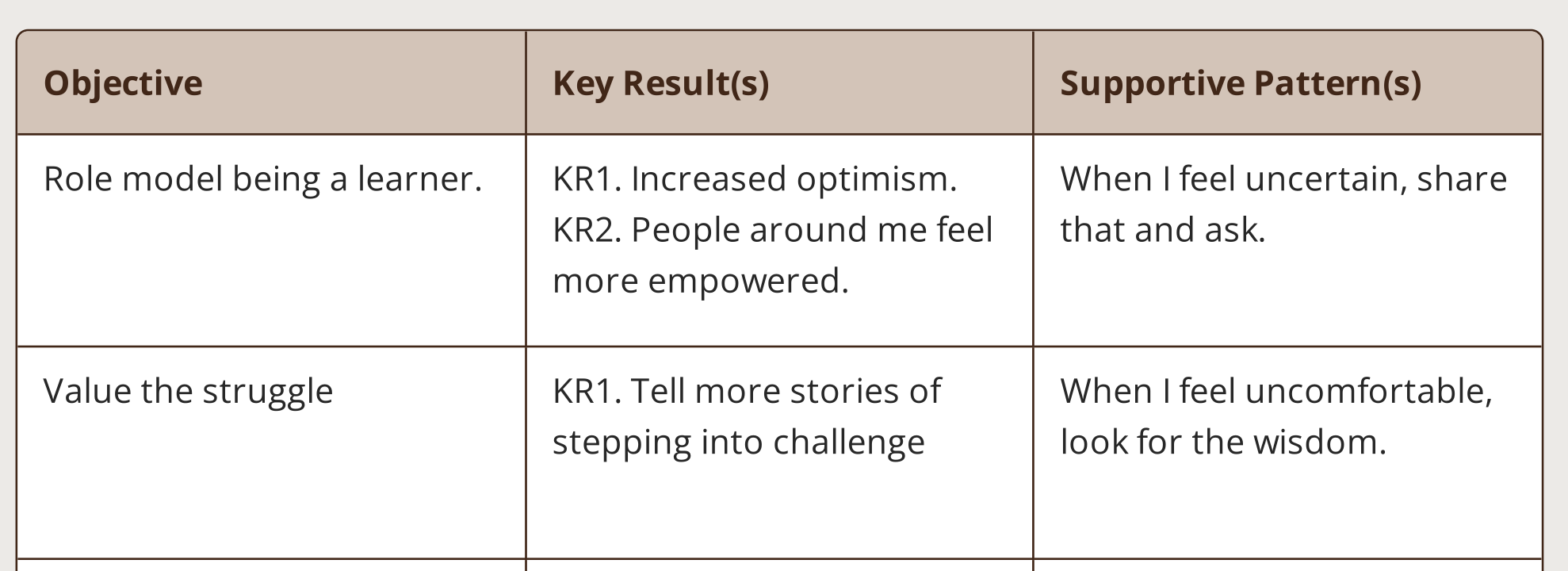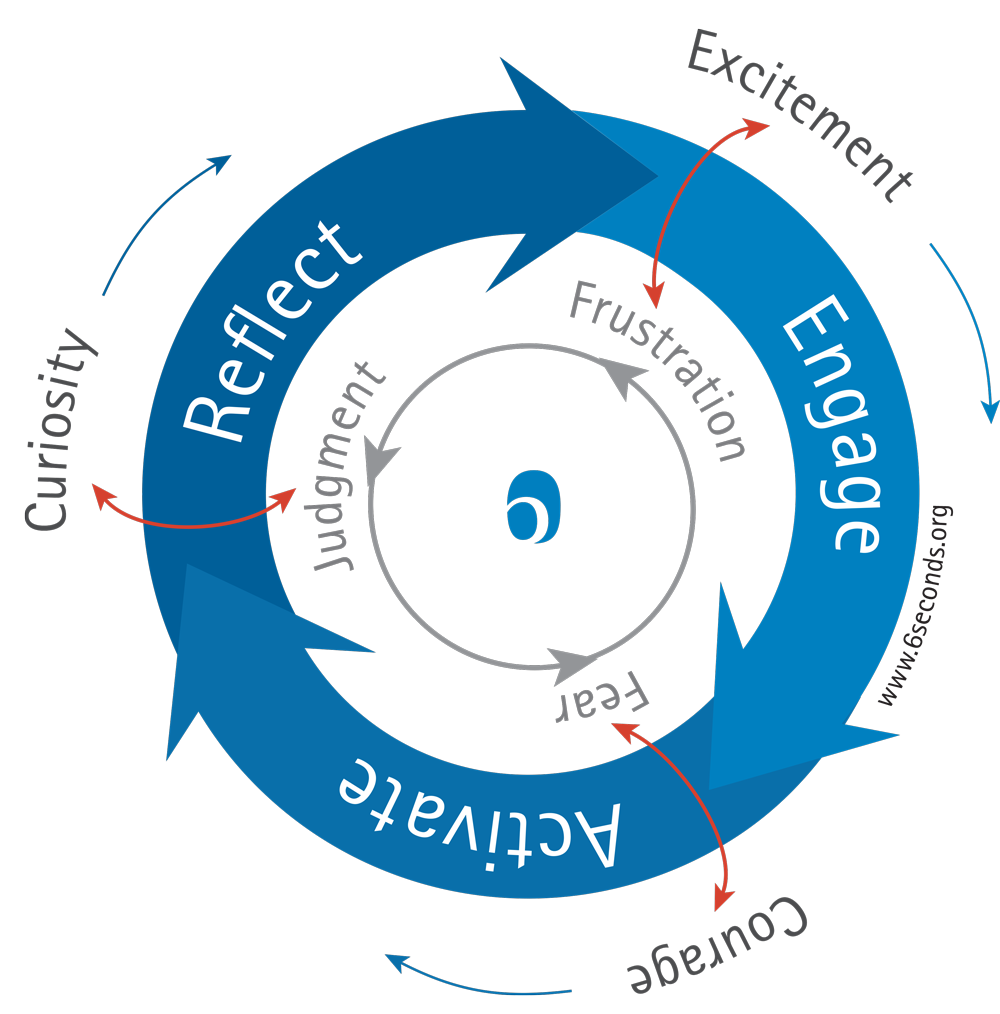Drawing on neuroscience of change, how can we use emotional intelligence coaching for setting goals in a way that will help make change happen better? Please a fantastic goalsetting tool (that’s free for now!)
As we discuss in the book, Inside Change, Max Ghini & I found most change efforts fail, mostly due to a lack of understanding how the brain blocks or supports change. Guess what? That’s mostly due to a lack of emotional intelligence: Ignoring emotions or handling them poorly.
One key solution is to rethink change as a dynamic, emotionally-driven process – it’s why I created the Change Map. It’s a model that’s central to Six Seconds’ methodology in emotional intelligence consulting, facilitating, and coaching. There are three phases of change in the model, and it’s a cyclical process that is both practical and emotionally intelligent.
The Emotional Neuroscience of Change
Neuroscientist David Eagleman has shared many brilliant insights about the role of emotion in thinking and behavior. He describes change as a kind of “bargain with your future self,” where you make a decision to change because you believe it will be better for “future you.” The reason you believe that (or disbelieve) is emotion.
When you can feel the emotional pull of that future state, it captures your attention and gives you the energy to shift. A term for this “emotional pull” is: Valence. It’s kind of like an old-fashioned watch spring: As you wind the spring, you store up energy; as you feel the pull of the future state, you strengthen the emotional valence. That energy becomes the force that helps you overcome inertia and make change.
This article is from the 🌱 Emotional Intelligence Coach Newsletter
Click here & choose the newsletters that will help you practice and grow emotional intelligence
Changing From What, To What?
Richard Boyatzis describes this shift in emotional valence as a rubber band stretched between the current state and the future state. When the rubber band has sufficient pull, you have the energy to go to the new state.
At the same time, change is hard! There are a ton of reasons NOT to change: it takes energy. Life is complicated so we’re short on energy. We face competing commitments. We’re good at the old way. Ad infinitum.
So, if we want to change, three key insights:
- Get clear about the current state and how that feels
- Craft a vision of the future state with a strong emotional valence
- Recognize that there will be obstacles, so build the support (including emotion) to pull you into the future state
How to Coach Goals That Work
Following these three principles above, here are some practical coaching strategies. These are embedded in our new online Personal Annual Report creator – it’s a tool for reflecting on your current state, and crafting emotionally intelligent goals that will work for you. It’s free right now using this special link.

Clarify the Current State - And What’s Driving It
It’s not-so-hard to pause and reflect about “how are things going?” What’s more nuanced, and important, is to add two dimensions: How are your feelings and behaviors contributing to how things are going?
Our current state is partly shaped by externalities, such as global pandemics, or economic conditions, or getting hit by a car, or having an aging family member. They’re also shaped by our responses to those external factors. Emotions start as an automatic response, but we have a lot of choice about what happens next. How do we think about the feeling? How do we make meaning from the experience? What do we do?
One of the simply-powerful aspects of Six Seconds’ methodology is tuning into our own learned patterns: Noticing how we’re frequently reacting to certain stimuli.
In the Personal Annual Report creator, I invite people to consider feelings that have been frequent visitors in the last 6-12 months, and then to notice: What patterns am I following around these feelings?
For example, in my own Personal Annual Report, here’s an inventory of some frequent thoughts, feelings, and actions:

One problematic pattern I identified from this inventory: When I feel urgency, I push on without resting.

Feel a Vision of the Future State
Often people set goals around what they’ll do. “I’ll write a book.” “I’ll exercise more.” “I’ll go get my degree.” This can be awesome! And, when we get stuck, they become deeply problematic and fuel our own internal resistance. We get into the blame game, and a cycle of despair and disempowerment.
These DO-focused goals often depend on what’s outside of our control. You start writing the book, but a publisher rejects you. You start exercising more, but you get shin splints. You start on your degree, but your work schedule gets too busy. Now, not only is the goal stalled, but we’ve made ourselves victims of the external factors.
So, let’s try a different approach. What if we set goals that were not dependent on external factors? One way is to set goals that are less about DOing and more about BEing.
At Six Seconds, one of our essential competencies is called Pursue Noble Goals. It’s a way to put your overarching sense of purpose into words – and then to live it. In the Personal Annual Report creator, I put in a couple exercises about reviewing or creating a Noble Goal… and then a question that I’ve found super-helpful in coaching:
Who is your Noble Goal inviting you to be?
In my 2023 Annual Report, I wrote my Noble Goal and the invitation as: “To inspire compassionate wisdom… inviting me to be more caring, open, giving, connected, learning, vulnerable.”
The Annual Report then goes on to encourage people to use optimism to envision lots of ways to do that – this is a great topic for coaching.

Build Supports for Action
As you consider moving toward the future state, acknowledge there are obstacles… we’re trying to make change and improve in a context that may create countervailing forces. In the Annual Report, one question is: What are some ways the global ‘State of the Heart’ and what’s happening in the world are affecting you?
Then, make a plan to move forward anyway. Those external barriers are real, and often deeply problematic (and even evil), but they’re not all-powerful. So, what supports will help you (and your clients) step forward anyway? This calls for a unique form of action plan. The Personal Annual Report uses OKRs, Objective & Key Results, with a twist. Try this question in coaching: What patterns will support you to step toward these goals?
Here’s part of my “smarter action plan” from my Personal Annual Report

Coaching is a fantastic way to build in those supports. If you’d like to try working with an exceptionally gifted coach grounded in emotional intelligence, contact us and we’ll be glad to connect you.
As usual, my recommendation is you try these tips on yourself first. Then adapt and experiment – and please share with the rest of us what you learn along the way!
And, if you have questions you’d like me to explore in a future 🌱 EQ Coaching newsletter and/or video, please post in the comments, or feel free to reach out to me via our contact form.
… and don’t forget to Click here to subscribe to the EQ Coach Newsletter.
Whether you’re a professional coach, or contemplating earning certification as a professional emotional intelligence coach*, or you’re someone who uses coaching techniques to support others: of course these questions apply to us first.
* Did you know? In addition to top-level accreditation from the International Coaching Federation, the EQ Coach Certification is one of a handful of coaching certifications in North America that also provides master’s level credit? You’ll earn almost ⅓ of your MBA or MA in this program.
For more on EQ and Coaching 🌱, I recommend:
Neuroscience ‘tricks’ for change
- How Emotional Intelligence Coaches Use Emotions in Goal Setting - October 2, 2024
- 3 Winning Strategies for Successful Change Leadership: Coaching with Emotional Intelligence - September 4, 2024
- 3 Emotional Intelligence Tips for the Essence of Coaching - July 31, 2024

